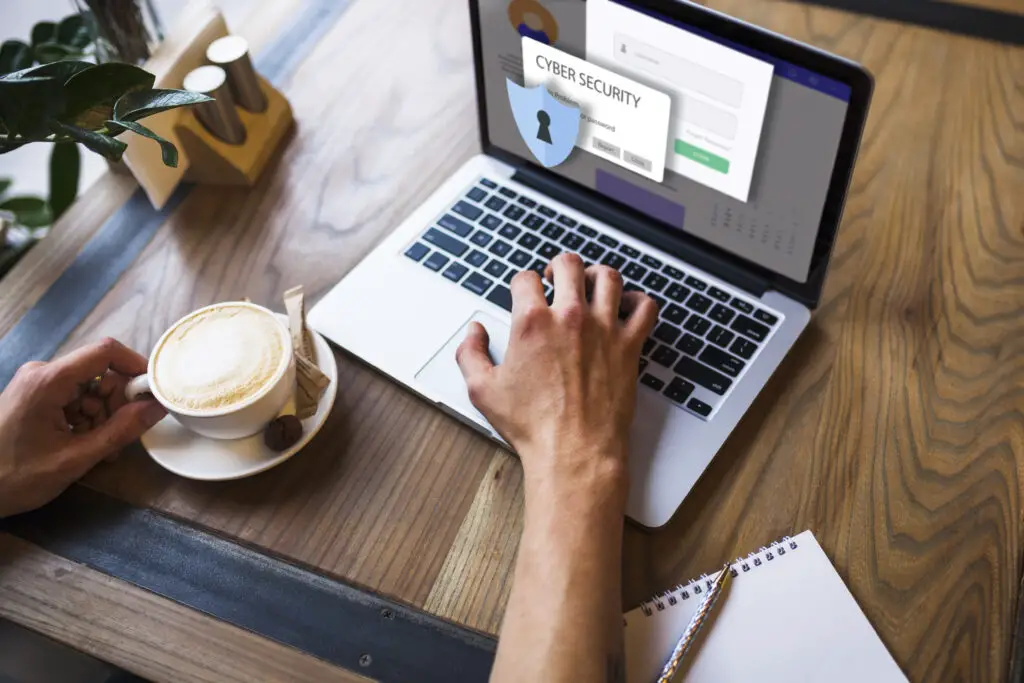In an era where the exchange of information never stops, safeguarding your online data has become more crucial than ever. It’s time to step up and take control of your digital footprint. This article aims to guide you in creating a more secure online experience, empowering you to protect your sensitive information and privacy.
Understand Your Digital Footprint
Every time you interact with the online world, you leave traces of your activities. These digital breadcrumbs can be pieced together by cybercriminals to form a comprehensive profile of you. To protect your data, it’s essential to recognize the extent of your digital footprint. Regularly review your online accounts, prune old or unnecessary information, and keep track of any devices you use to access the internet. By staying mindful of your digital presence, you’ll be better equipped to defend yourself against potential threats.
Secure Your Devices
No matter how careful you are online, your data is only as safe as the devices you use. Installing reliable antivirus software, keeping your operating system and applications updated, and enabling firewalls are some of the key steps in ensuring your devices’ security. Additionally, encrypt your data whenever possible, especially on devices such as laptops and smartphones that may be lost or stolen. Physical security is just as important as digital security, so be mindful of where you store your devices and who has access to them.
Strengthen Your Passwords
Weak passwords are one of the most everyday vulnerabilities exploited by cybercriminals. Create strong, exceptional passwords for each of your online accounts, incorporating a mix of letters, numbers, and symbols. Avoid using easily guessable information, such as your name, birthdate, or simple patterns. Contemplate using a password manager to store your passwords and generate complex ones that are difficult to crack.
Be Wary of Public Wi-Fi
Public Wi-Fi networks can also be breeding grounds for cyberattacks. Avoid accessing sensitive accounts or sharing personal information when connected to public networks. If you must use public Wi-Fi, ensure you connect to legitimate networks, and use a VPN to keep your data safe.
Embrace Two-Factor Authentication
2FA requires a second form of verification. This second factor can be a code sent to your mobile device, a fingerprint scan, or a physical token. By enabling 2FA on your accounts, you make it significantly more challenging for cybercriminals to access your data, even if they somehow obtain your password.
Beware of Phishing Attacks
Phishing attacks use deception to trick you into divulging sensitive information, often by impersonating a trusted entity. To avoid falling victim to these scams, be alert when clicking on links or attachments in emails, even if they appear to be from a familiar source. Verify the authenticity of the sender and check for signs of suspicious activity, such as poor grammar or misspelled URLs. Remember that legitimate organizations will never ask for your password or other sensitive information via email or unsolicited messages.
Keep Your Social Media Profiles Private
Social media platforms can reveal a wealth of personal information, making them a prime target for cybercriminals. To protect your privacy, adjust your settings to limit the visibility of your posts, photos, and personal details. Be selective when accepting friend requests or connections, and think twice before sharing sensitive information that could be used against you.
Run a Background Check on Yourself
If you run a background check on yourself, you can get an idea of what information is publicly available about you. This will allow you to take stock of any potential risks in your digital presence and make the necessary changes to increase your security. In addition, running periodic scans for your name and other personal identifiers can alert you to potentially malicious activity that could be damaging to your reputation or privacy.
Stay Informed About the Latest Threats
Cybersecurity is a constantly evolving landscape, with new threats and vulnerabilities emerging regularly. To stay one step ahead, keep yourself informed about the latest cyber threats, security breaches, and protection measures. Follow reputable sources, such as cybersecurity blogs and news websites, and consider participating in online forums or subscribing to newsletters to stay current. By staying informed, you can adapt your security strategies accordingly and protect your data more effectively.
Conclusion
Safeguarding your data online requires continuous effort and vigilance. By understanding your digital footprint, securing your devices, strengthening your passwords, and remaining cautious of potential threats, you can significantly reduce the risk of becoming a victim of cybercrime. Embrace a proactive approach to online security, and remember that the responsibility for protecting your data ultimately lies with you. Armed with the knowledge and tools provided in this article, you are now better equipped to navigate the digital world with confidence and peace of mind.
- Why don’t I see Birdseye view as an option any longer in Bing Maps - April 13, 2024
- Missing the qtCore4.dll - April 13, 2024
- taskhostw.exe high CPU and disk load on network access - April 13, 2024



